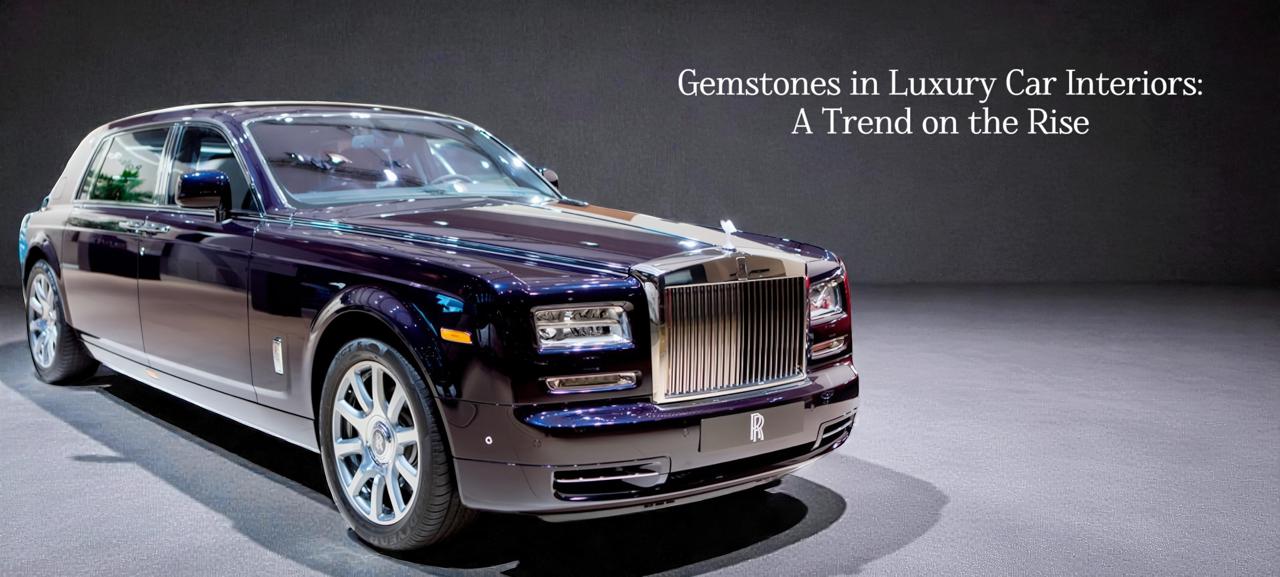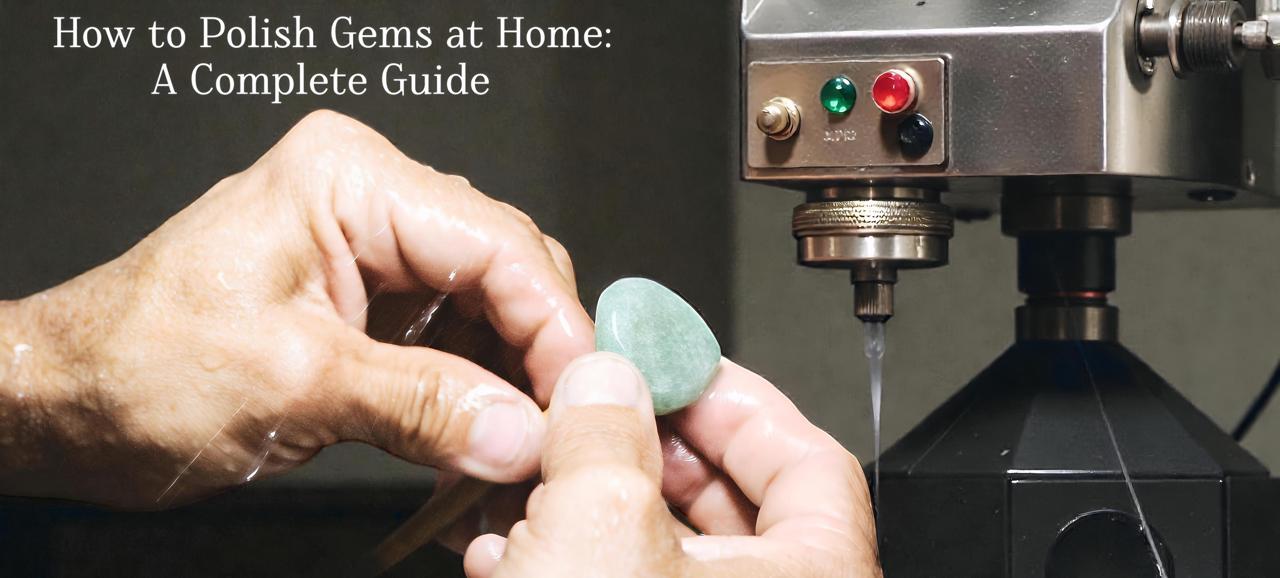 Categories
Categories 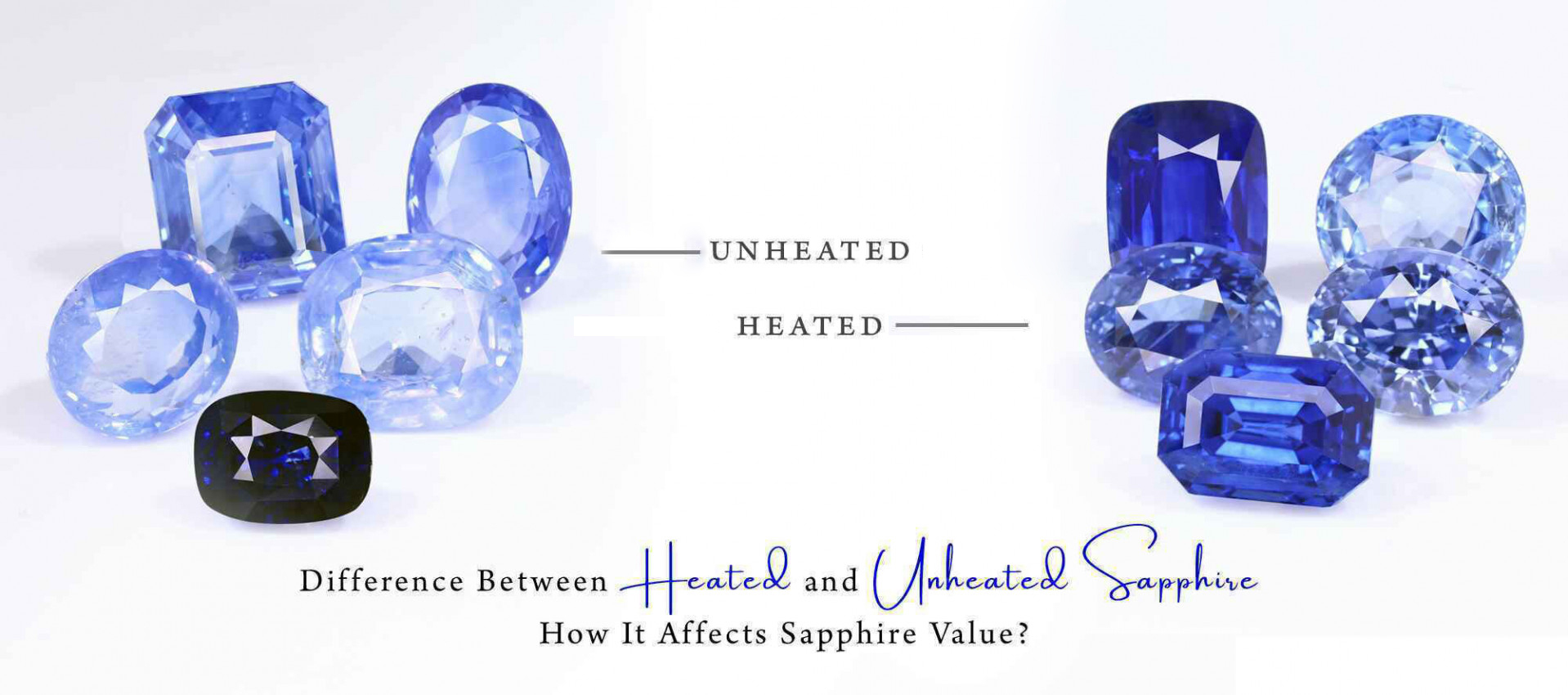
While gazing through gemstone websites online or you might have stumbled to the terms: heated and unheated sapphires. Generally sapphire refers to blue sapphire stone but treatment is done in almost all sapphire types. In the gemstone industry heat treatment is a popular term. It is done to enhance the color and clarity of the stone. Heat-treated sapphire value is less but can always be a budget-friendly option.
If you are a jewelry enthusiast investing in precious gems, or someone looking to buy an astrological stone with exceptional benefits, this blog is for you.
Heated sapphire is a natural gemstone which is subjected to heating to improve color and clarity. The temperature in which these gems are subjected is the same compared to the earth’s environment. Heated blue sapphire stone is common in the marketplace. 95% of the sapphires in the gemstone marketplace are heat treated.
It refers to natural sapphire that has undergone no treatment or enhancement. The word “unheated” means “non heated”. These gems are cherished for their natural beauty and authenticity. The original gemstones are highly valued for their rarity and are considered a high investment. These stones are formed beneath the earth’s surface under a natural geological process where intense heat and pressure lead to their formation.
Mineral corundum is a crystalline form of aluminum oxide, which is colorless in its natural form. The occurrence of trace elements that get trapped inside the crystal formation gives it a beautiful color.
Trace elements like iron, titanium, chromium, and vanadium provide color to sapphires. Unheated blue sapphire, for example, showcases an incredible blue color with a tint of purple. This color is due to the presence of iron and titanium.
|
Features |
Heated Blue Sapphire |
Unheated Blue Sapphire |
|
Color Quality |
Treated corundums have an improved color and clarity due to the enhancement process they undergo. Heated sapphire shows uniform color. |
Have natural color and inclusions. Unheated blue sapphire color ranges from pale to intense blue. |
|
Clarity |
These gems show high clarity. The heat treatment process includes melting these inclusions at high temperatures. |
Natural unheated sapphire inclusions range from low to high. Blue sapphire unheated with no inclusions are rare. |
|
Rarity |
Heated Blue sapphire is readily available |
Unheated sapphires are rare and highly valuable. It is believed that only 5% of these gems are available in the market. |
|
Durability |
Heated sapphires are considered durable. Heat treatment does not affect the durability of the gemstone keeping its natural hardness intact. |
Sapphires rank good on the hardness scale. They are second to be listed in the hardness scale after diamond. |
|
Market Perception |
Accepted widely in the jewelry industry |
Considered premium, highly desirable among connoisseurs and collectors. |
|
Certification |
Gemstone Certificate showing “Indication of Heating” authenticates that it has undergone heat treatment. |
Certificates mentioning “no indication of heating” or no heat sapphire meaning refers to sapphires not undergoing any sort of heat treatment. |
|
Investment Potential |
Valued for affordable jewelry | Appreciates quickly due to scarcity, making it a strong investment gemstone. |
|
Buyer Preference |
Suitable for buyers seeking beauty at affordable prices. |
Ideal for collectors, investors, astrological enthusiasts or those who value natural rarity. |
|
Astrological Value |
Heated blue sapphire is not good for astrology. It is believed that they do not contain vibrational energy required for astrological benefits. |
Unheated blue sapphire benefits an individual with immense wealth, good health, and overall well-being. Zodiac signs such as Taurus, Libra, Capricorn, Gemini, Virgo, and Aquarius should wear Neelam stone |
Heated vs Unheated Sapphire price varies with the amount of treatment given to the stone. For instance, no heated blue sapphire value starts from INR 5,000 to INR 1lakhs and more. Compared to this heated Neelam stone, the price is significantly less. Heated sapphire value ranges with amount of treatment and the price varies accordingly.
Though unheated sapphires are considerably rare and expensive, heated sapphire worth is not less. A small amount of treatment in sapphires can still retain their natural beauty, brilliance, and market demand, keeping their value competitive.
A certificate is authentic proof to tell if a sapphire is heat treated or not. You can also depict it by visually looking at the stone. If it is free from inclusions, there are chances that it is heat treated.
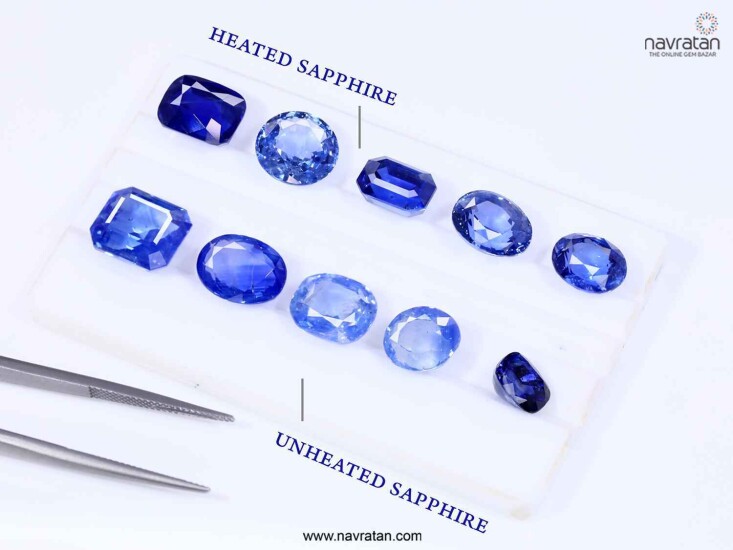
Heat treated sapphire value is less but can always be a budget-friendly option. Nonheated neelam, for instance, is highly prized for its natural beauty and rarity. Since finding an original blue sapphire with high clarity, color, and carat weight
is difficult, these gems command higher prices. Both heated and unheated sapphires hold value when discussing market trends as they depend upon the buyer's preferences. At Navratan you can find both heated and unheated sapphires. Choose one that
suits your preferences.
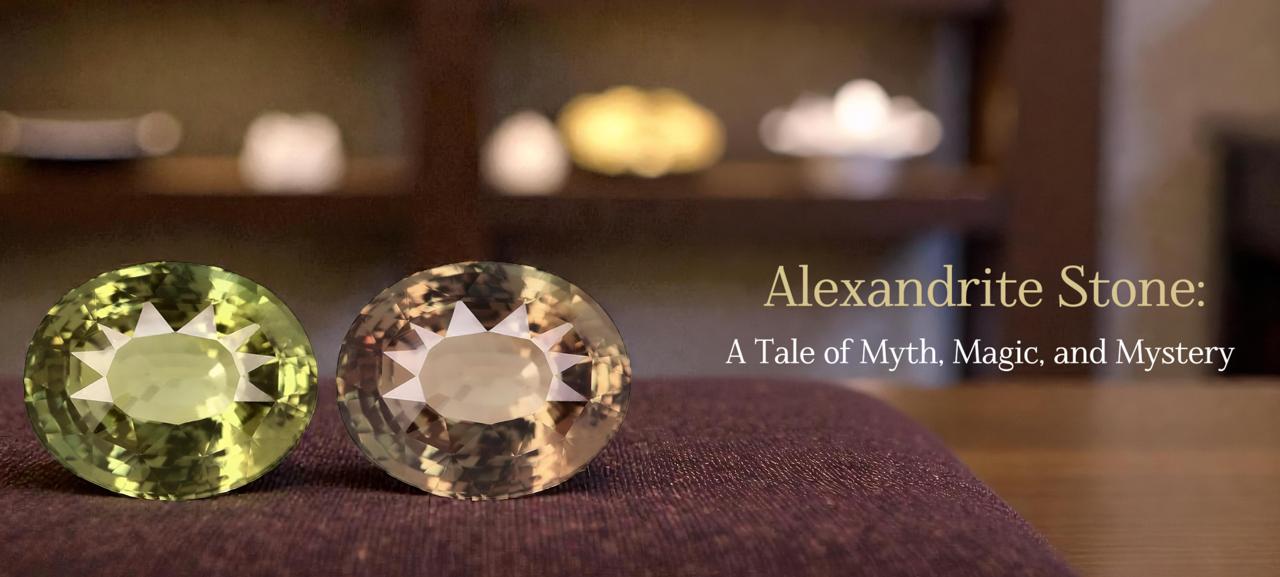
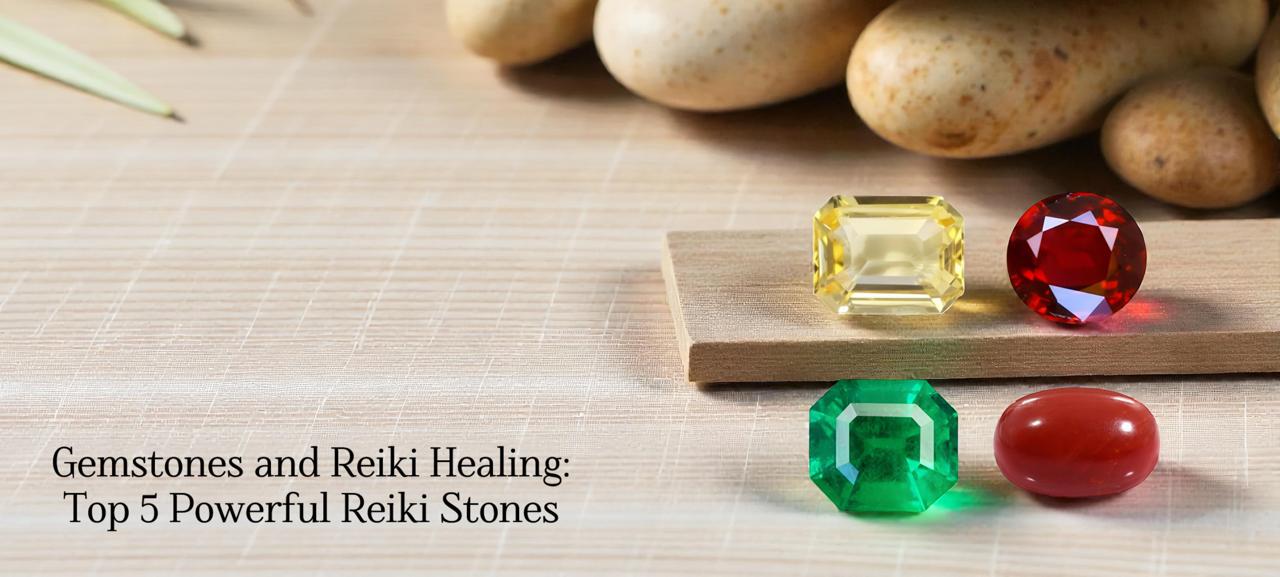
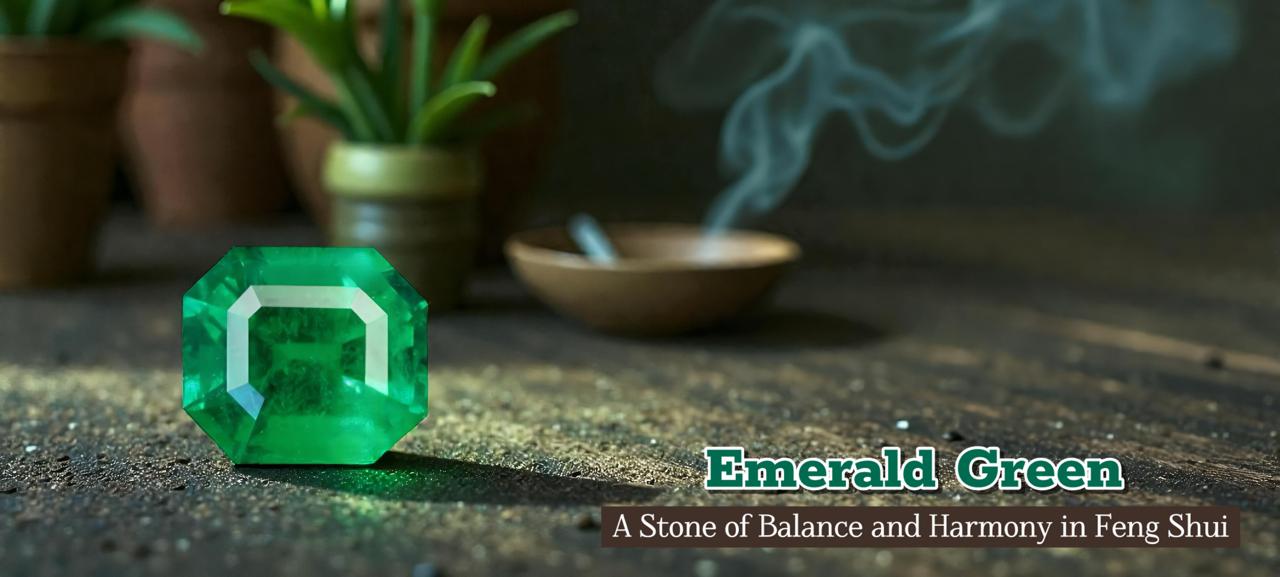
Emerald Green: A Powerful Feng Shui Stone for Balance and Harmony
December 15th, 2025